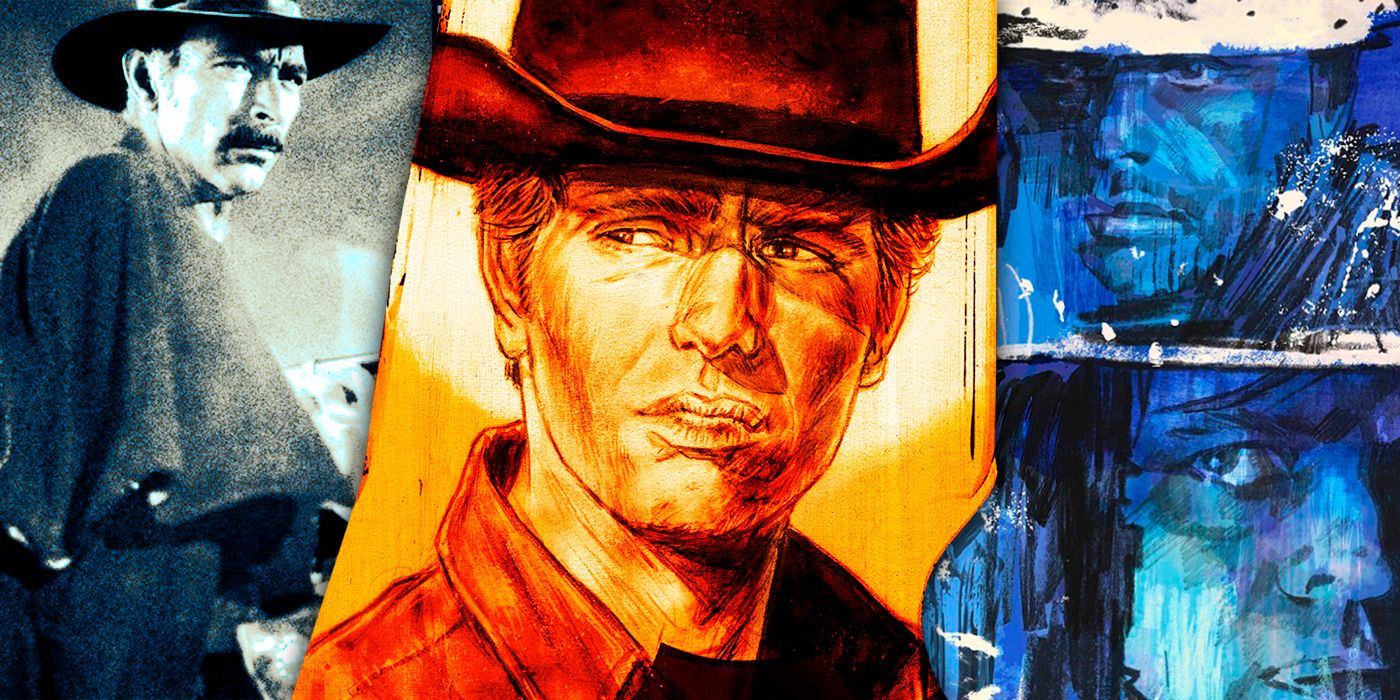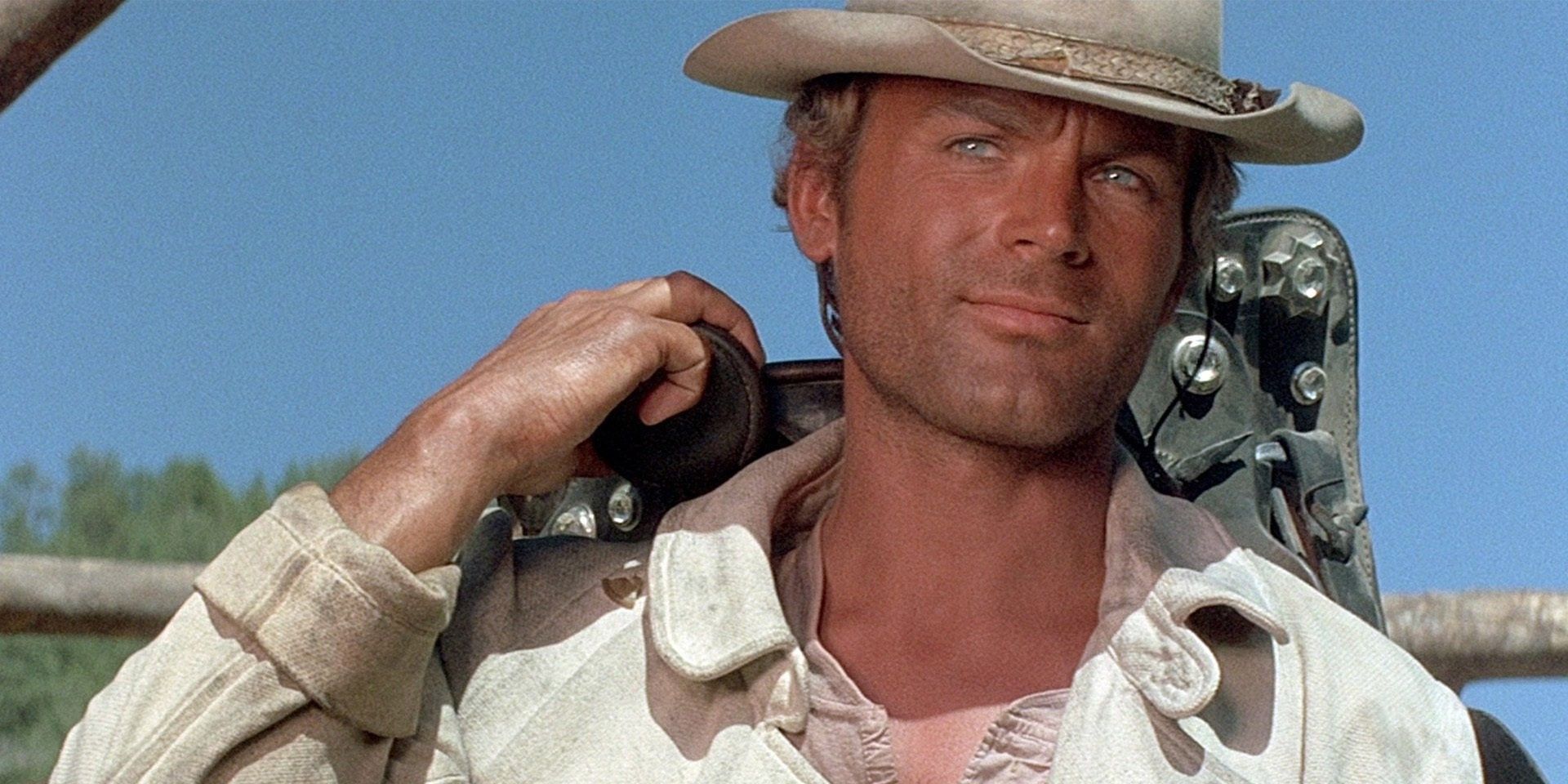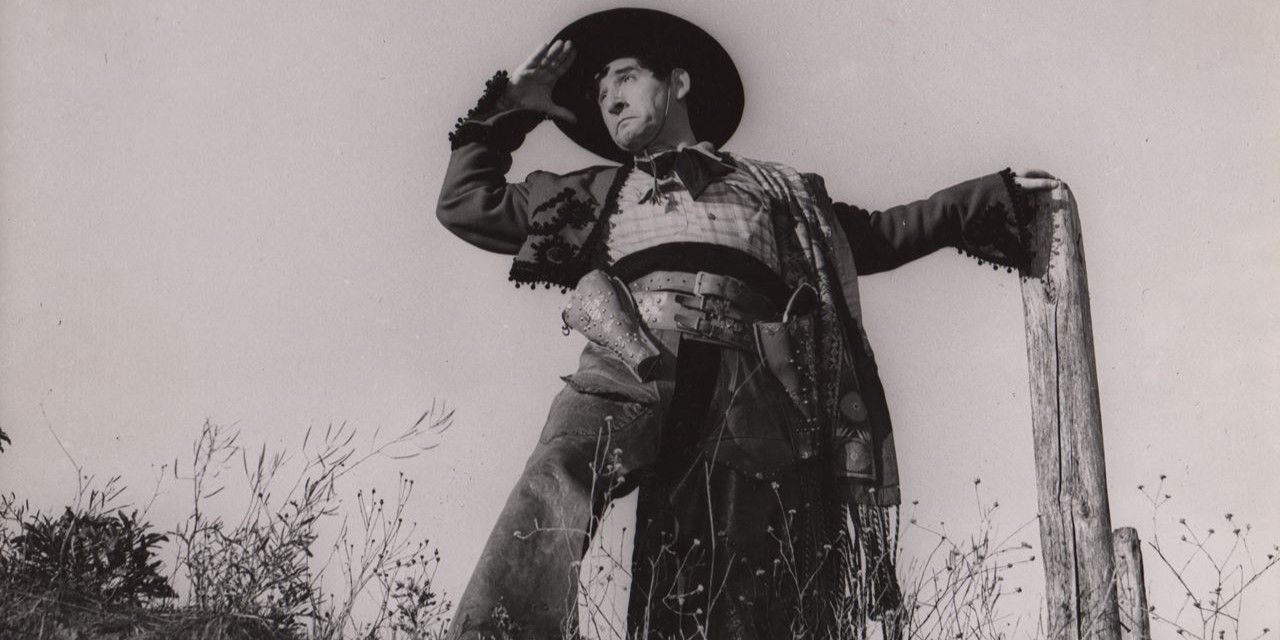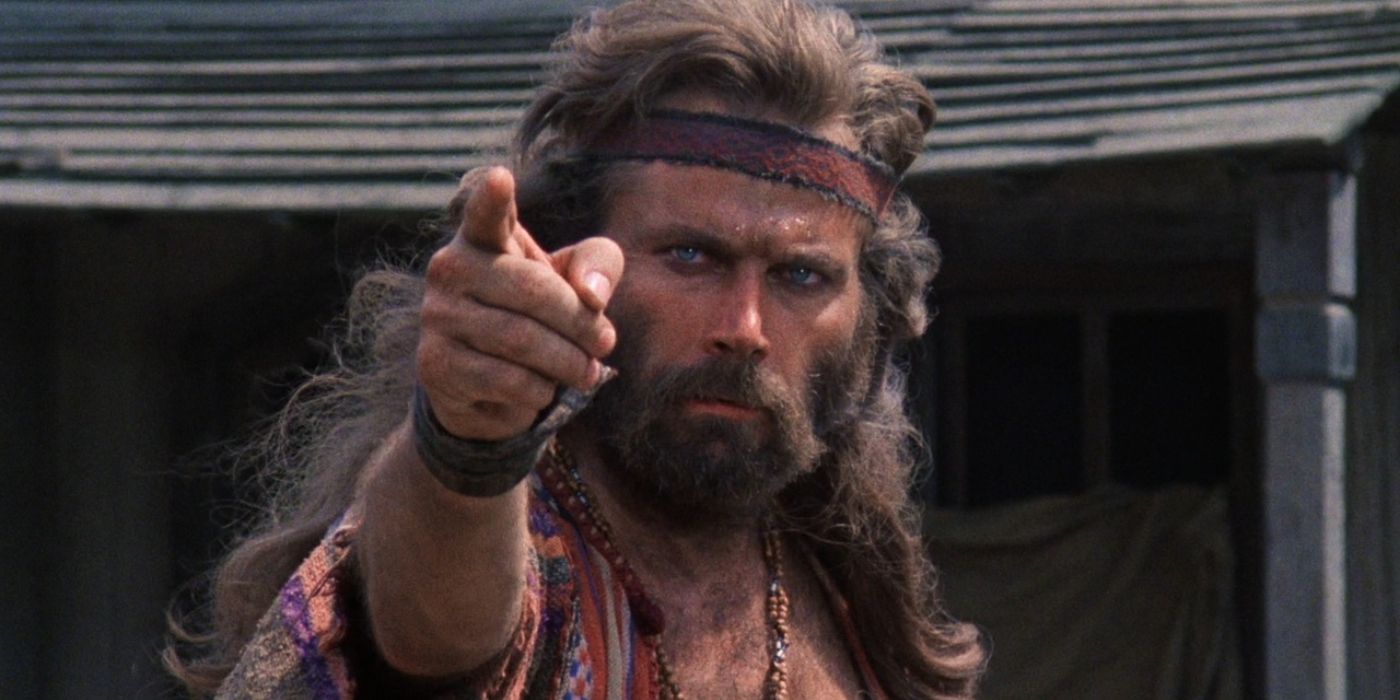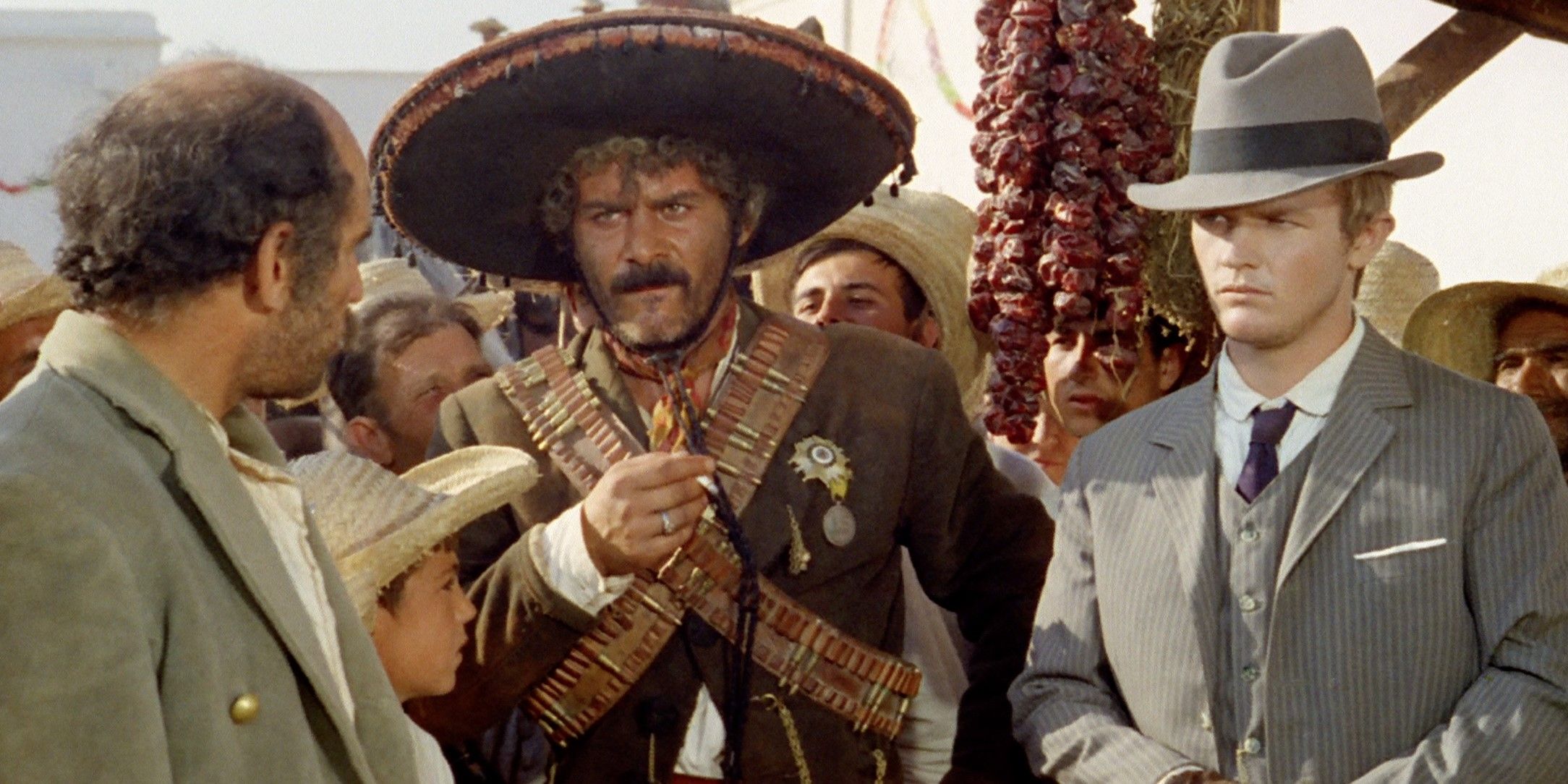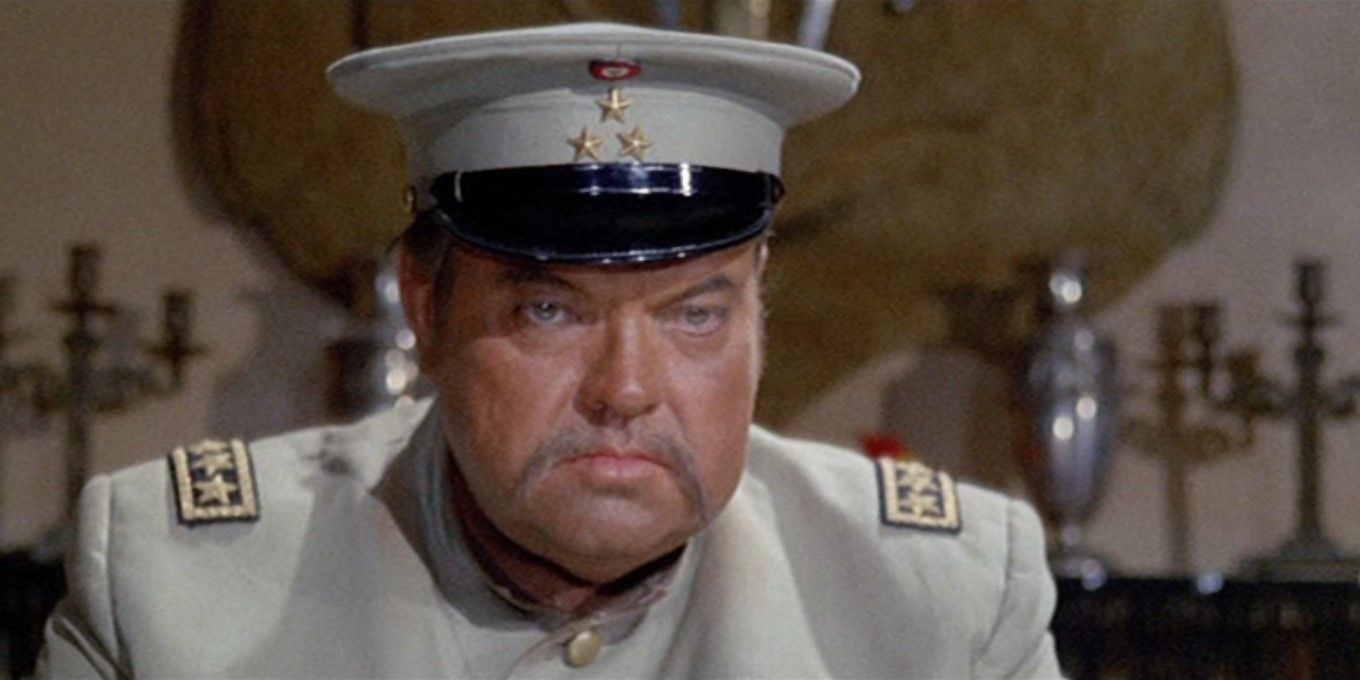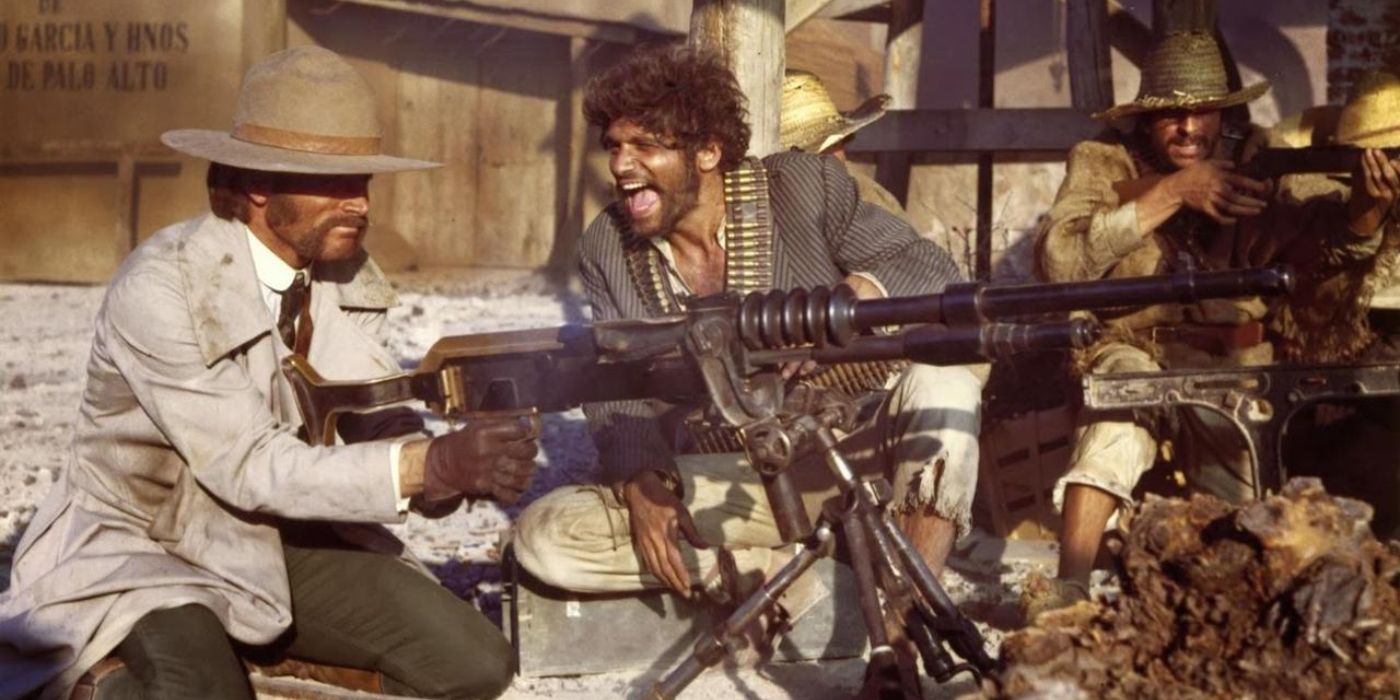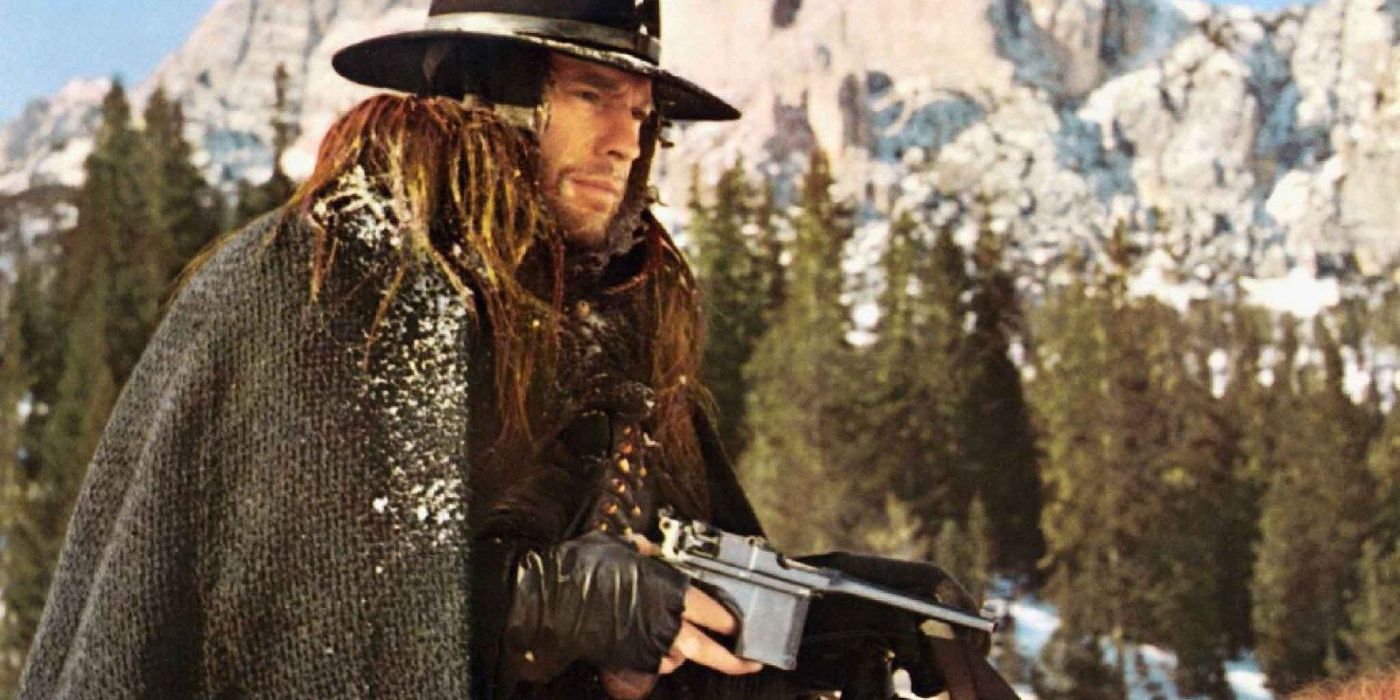The Spaghetti Western genre refers to a wave of films produced in Italy — as well as a few other European countries — by filmmakers like Sergio Leone between the 1950s and the 1970s. These movies utilize settings that are similar to American Westerns, but they have morally ambiguous or completely evil main characters. Instead of heroes fighting villains and saving damsels in distress in the new frontier, these European westerns use the genre's settings to create action dramas about a broader variety of plots.
Although Leone's movies like The Good, the Bad and the Ugly are mentioned more often than any Spaghetti Westerns, there are several films made by other filmmakers that fans of the genre must watch. Fernando Cerchio's The Tired Outlaw is a movie released before Sergio Leone's debut that exemplifies the parody comedy style of the early European westerns, while Sergio Corbucci's Django exemplifies the dark, violent European westerns of the 1960s.
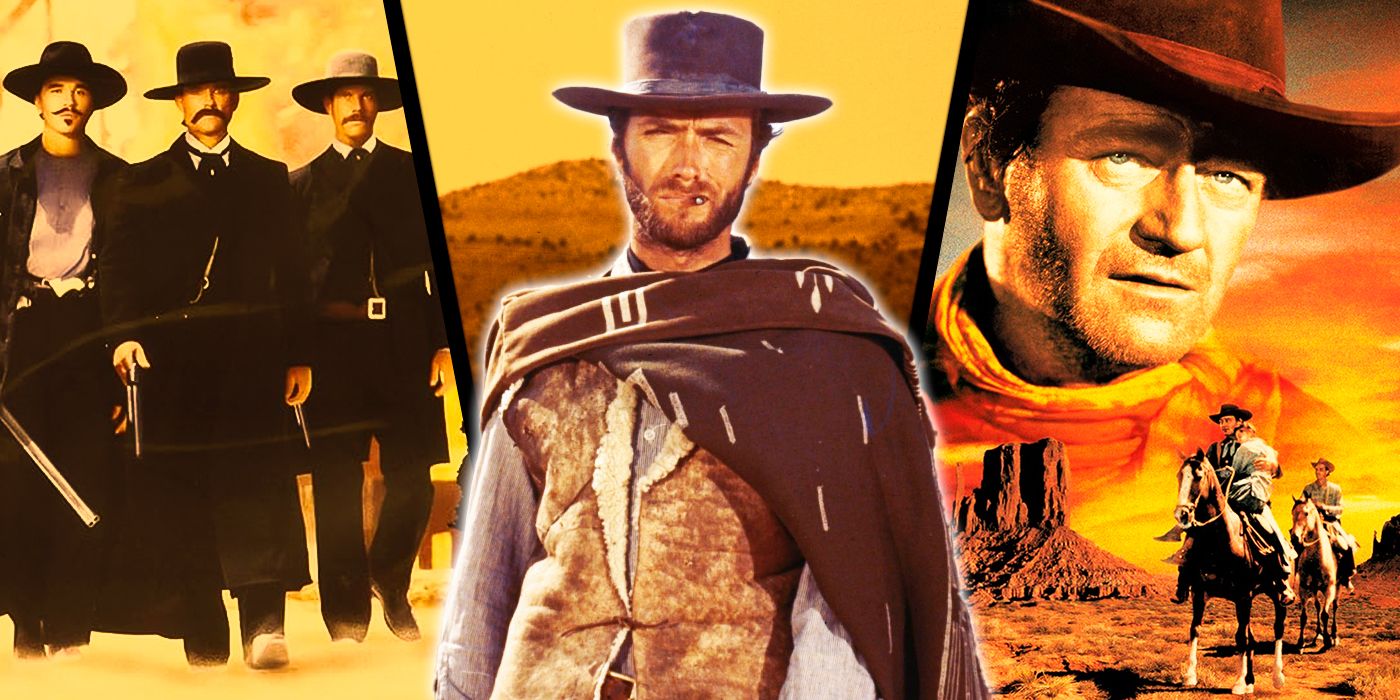
10 Most Important Westerns of All Time
The Western genre has massively influenced the cinematic medium and produced several of the most important films of all time.10 Django Is Franco Nero’s Breakthrough Role
|
Released In |
1966 |
|---|---|
|
Directed By |
Sergio Corbucci |
|
Starring |
Franco Nero, José Canalejas |
Sergio Corbucci is one of the most important names in the Spaghetti Western era, and Django is one of his best films. A violent and dark story that explores themes like prostitution and racism, the 1966 release marks Franco Nero's breakthrough role as its titular main character.
Django was a commercial hit in and outside Italy, harnessing a cult following and a reputation as one of the most violent Westerns ever made. It only has one official sequel — 1987's Django Strikes Again — but it inspired many other productions, and the character Django became a reference within the genre. Quentin Tarantino referenced the movie in his 2012 film Django Unchained not only with its title and main character's name, but also with a short cameo by Franco Nero.

Django (1966)
A coffin-dragging gunslinger and a prostitute become embroiled in a bitter feud between a Klan of Southern racists and a band of Mexican Revolutionaries.
- Director
- Sergio Corbucci
- Release Date
- November 30, 1966
- Cast
- Franco Nero , José Canalejas , José Bódalo , Loredana Nusciak , Ángel Álvarez , Gino Pernice , Simón Arriaga , Giovanni Ivan Scratuglia
- Writers
- Sergio Corbucci , Bruno Corbucci , Franco Rossetti
- Runtime
- 91 Minutes
- Main Genre
- Western
9 My Name Is Nobody Is Based on an Idea by Sergio Leone
|
Released In |
1973 |
|---|---|
|
Directed By |
Tonino Valerii |
|
Starring |
Terence Hill, Henry Fonda |
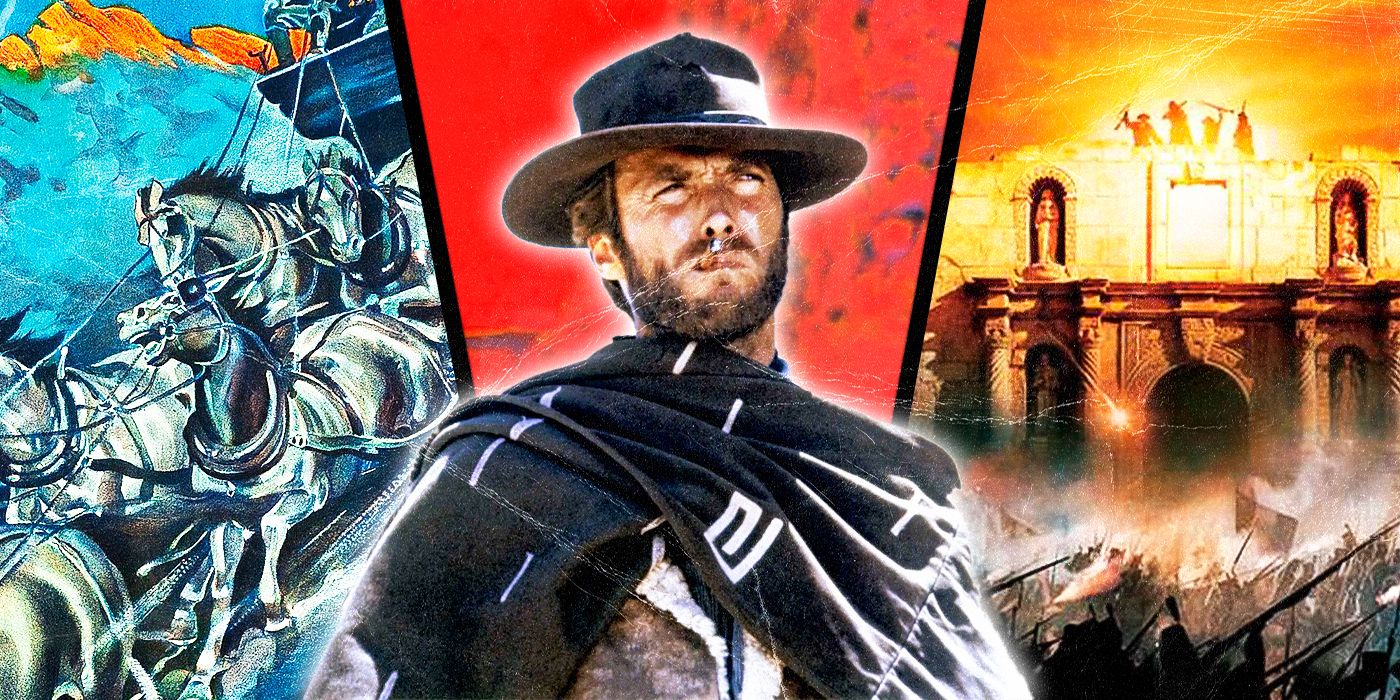
10 Best Western Remakes, Ranked
The Western genre has produced some of the greatest films of all time, so it's no surprise that it's also spawned several great remakes.My Name Is Nobody is an Italian-French-German international co-production released during the period of comedy westerns' rise in popularity in the 1970s. Although it is based on an idea by Sergio Leone and his name is mentioned in the promotion, he wasn't involved in most of the making of the movie. Assumptions range over how much Leone contributed, but it's known he directed at least one scene in it. It's directed by Tonino Valerii, who started his film career as an assistant director on Sergio Leone's A Fistful of Dollars.
Henry Fonda plays Jack Beauregard, a famous gunslinger who wants to retire but is convinced by a fan to take on all 150 of the Wild Bunch single-handed before he does. Played by Terence Hill, the mysterious fan calls himself Nobody. It's one of the few European productions that was mostly filmed in the United States and tells a story set on the American continent.
8 The Tired Outlaw Satirizes the Dangers of Becoming Rich
|
Released In |
1952 |
|---|---|
|
Directed By |
Fernando Cerchio |
|
Starring |
Renato Rascel, Lauretta Masiero, Lia Di Leo |
Renato Rascel's hilarious character Pepito faces the challenges of suddenly becoming rich in this 1952 black-and-white comedy western. The Tired Outlaw is among the first wave of western films made in Italy, and has a tone of satire that was prevalent at the time. It's Fernando Cerchio's first western movie, a director who didn't limit himself to one genre. He made a much more dramatic western titled Mutiny at Fort Sharpe in 1966 at the height of spaghetti westerns, but The Tired Outlaw has a much more entertaining plot.
Pepito becomes a gold speculator and finds a lot of gold. Suddenly the richest man in town, Pepito makes enemies but also is finally able to impress women and relax. He has an interest in the beautiful singer Susana but decides to marry Carmen, who seems to be plotting something behind his back.
7 Keoma Is a Classic Tale of Revenge
|
Released In |
1976 |
|---|---|
|
Directed By |
Enzo G. Castellari |
|
Starring |
Franco Nero, William Berger, Olga Karlatos |
Although Django made Franco Nero a pop culture icon, his most powerful performance is perhaps as the ex-Union soldier Keoma Shannon in Keoma. Some countries promoted the film as a Django-related story, but Keoma and Django are ultimately different characters. That said, Keoma was originally planned to be a sequel to Django, but changes made to the script during development led to a drastic reimagination of the plot.
Released in 1976, it's one of the best spaghetti westerns from the later period of the film movement. It incorporates slow motion and other cinematic trends of the late 1970s. The story follows Keoma as he seeks revenge for his hometown, now controlled by a gang of criminals.
6 A Bullet for the General Is the Quintessential Zapata Western
|
Released In |
1966 |
|---|---|
|
Directed By |
Damiano Damiani |
|
Starring |
Gian Maria Volonté, Lou Castel, Klaus Kinski |
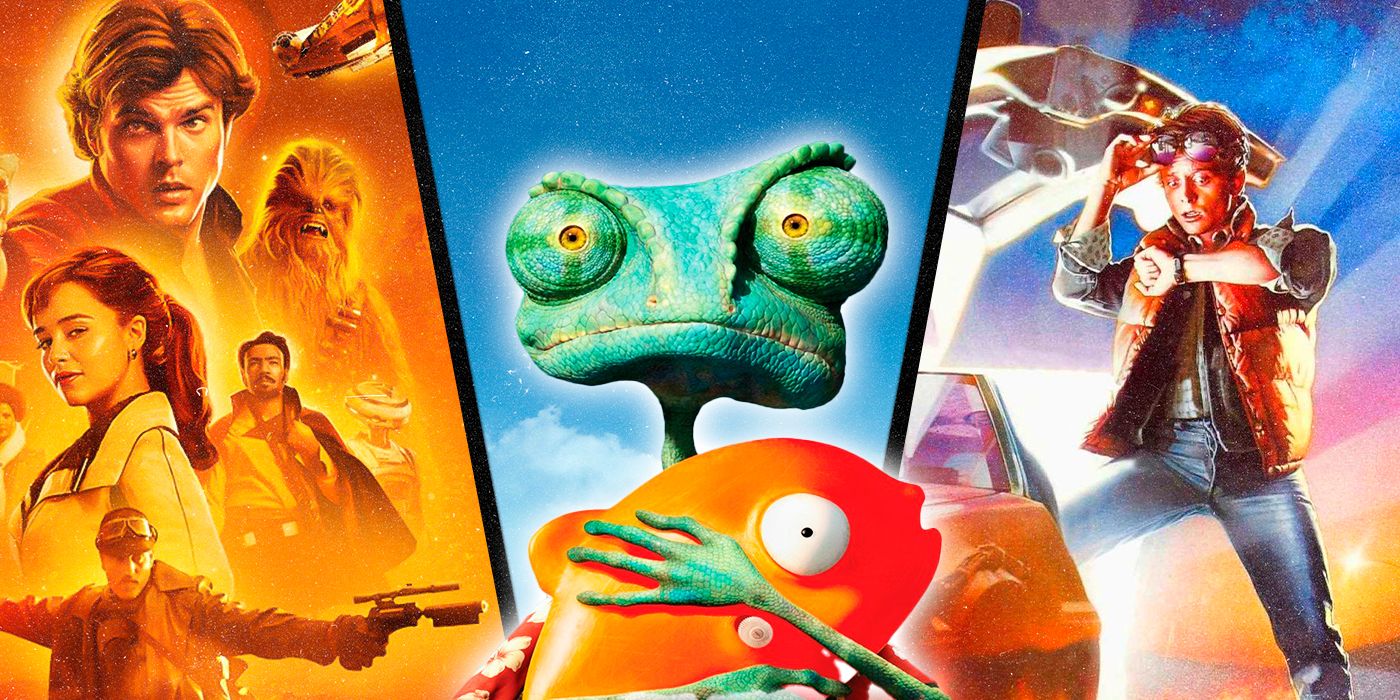
10 Best Western Movies that Combine Other Genres, Ranked
The revival of the Western is in part due to a rise in genre-bending entries to the genre - here are ten of the best in recent years.Interestingly, there was a wave of movies within spaghetti westerns that depicted the struggles of the Zapatistas — a leftist militant group that opposed the Mexican government. These Zapata Western movies usually take place during the Mexican Revolution of 1910, as evidenced by the 1966 film, A Bullet for the General. Perhaps the best film within the Zapata Western subgenre, this movie is full of thrilling fight scenes and shocking plot twists.
A Bullet for the General tells the story of the guerrilla fighter Chuncho and his gang as they perform heists on trains. It shows how morally ambiguous Chuncho is through his unexpected friendship with Tate, a mysterious American passenger on a train who ends up joining the gang. Tate often represents the will to do good and defend the weakest, but he also heavily relies on Chuncho's inclination to kill for both of them.
5 Death Rides a Horse Is One of the Darkest Revenge Movies
|
Released In |
1967 |
|---|---|
|
Directed By |
Giulio Petroni |
|
Starring |
Lee Van Cleef, John Phillip Law |
Spaghetti westerns often have dark premises, but some are more haunting than others. Death Rides a Horse is about Bill, a boy whose father was killed and mother and sister were gang raped and murdered in front of him by four men. Bill spends fifteen years training to get his revenge and has memorized specific characteristics of each of the criminals involved in the assault on his family.
John Phillip Law plays Bill, but the most interesting character in the movie is Ryan. Brilliantly played by Lee Van Cleef, Ryan is a gunslinger who was framed for an armed robbery by the same men who murdered Bill's family. Also out for revenge on the gang, Ryan becomes Bill's most valuable ally.
4 Tepepa Has Orson Welles’ Powerful Performance
|
Released In |
1969 |
|---|---|
|
Directed By |
Giulio Petroni |
|
Starring |
Tomas Milian, Orson Welles |
Directed by Giulio Petroni, Tepepa stands out for its amazing acting. Starring the legendary Tomas Milian as the titular character and set during the Mexican Revolution, the film unfolds with political intrigue and intense action sequences. Milian's portrayal of the charismatic revolutionary leader captivates with his complex portrayal of a man torn between ideals and harsh realities.
Orson Welles plays Colonel Cascorro, the chief of police who persecutes Tepepa. Although there's some controversy as to Welles' behavior on set, it's definitely a powerful performance by the incomparable actor. With its striking cinematography and storytelling, Tepepa stands as a classic of the genre that explores the human spirit in the face of oppression.
3 The Mercenary Has One of Ennio Morricone’s Best Scores
|
Released In |
1968 |
|---|---|
|
Directed By |
Sergio Corbucci |
|
Starring |
Franco Nero, Jack Palance, Tony Musante |
Sergio Corbucci's take on the Zapata western is one of the subgenre's best examples. The Mercenary follows the journey of a Polish mercenary called Sergei Kowalski and a peasant turned revolutionary called Paco Roman as they navigate the treacherous landscape of the Mexican Revolution. Franco Nero plays the "Polack" and the American latino actor Tony Musante plays Paco.
The movie's biggest highlight is the impressive score by Ennio Morricone. Although the composer created other scores far more iconic, his work in The Mercenary is widely considered one of his best. He was reportedly inspired by the work of the Italian composer Bruno Nicolai and further developed ideas he first experimented with in the score of another spaghetti western released in the same year, Guns for San Sebastian.
2 The Great Silence References Che Guevara and Malcolm X
|
Released In |
1968 |
|---|---|
|
Directed By |
Sergio Corbucci |
|
Starring |
Jean-Louis Trintignant, Klaus Kinski, Vonetta McGee |
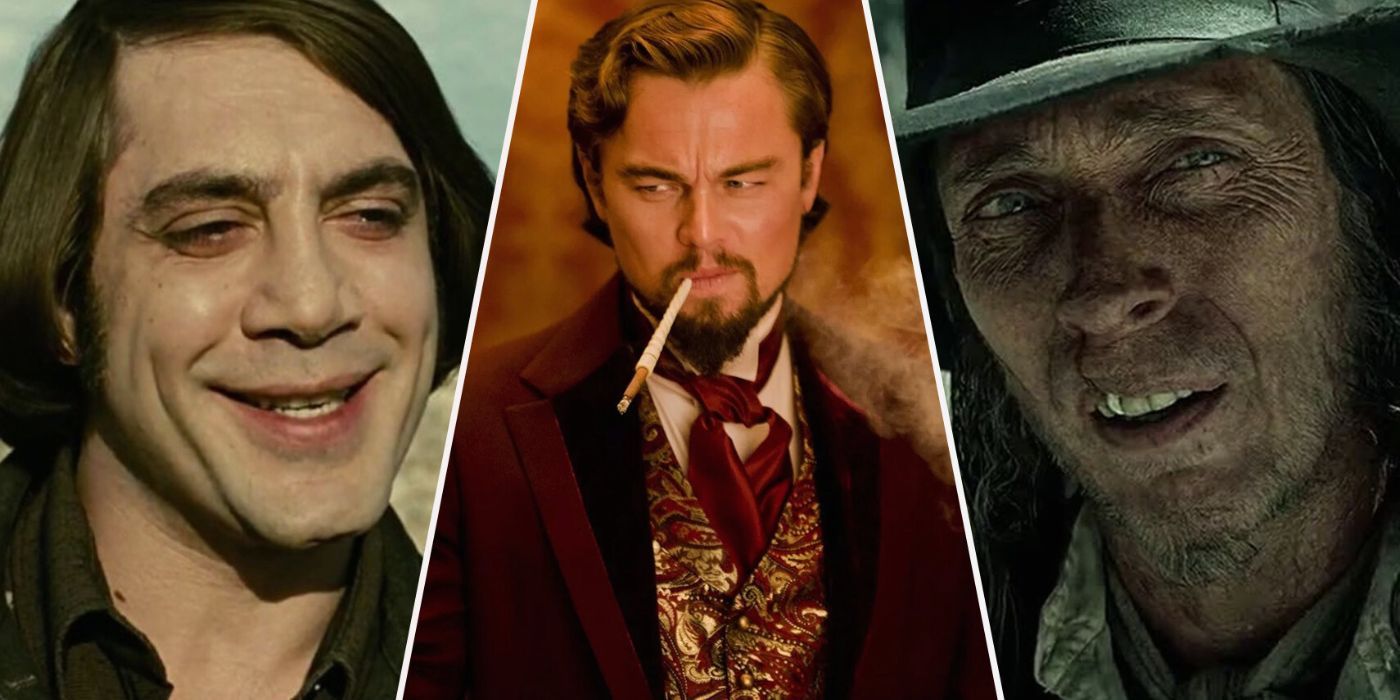
The Best Villains in Western Movies, Ranked
The Western genre is a core component of Hollywood and it has helped to create some iconic and memorable villains.Known for its unconventional narrative and brave social commentary, The Great Silence is set in the harsh winter landscape of Utah during the late 19th century. The film follows the story of a mute gunslinger named Silence, played by Jean-Louis Trintignant. He confronts a group of ruthless bounty hunters led by the sadistic Loco, portrayed by Klaus Kinski.
Considered by some Sergio Corbucci fans to be his masterpiece, The Great Silence is an allegory inspired by the deaths of Che Guevara and Malcolm X. It's also an homage to two other "snow Westerns" — André de Toth's Day of the Outlaw and John Ford's Cheyenne Autumn. Along with the sober cinematography, Ennio Morricone's chilling score creates a bleak atmosphere that fits in perfectly with the violent plot.

The Great Silence
A mute gunfighter defends a young widow and a group of outlaws against a gang of bounty killers in the winter of 1898, and a grim, tense struggle unfolds.
- Director
- Sergio Corbucci
- Release Date
- January 27, 1969
- Cast
- Jean-Louis Trintignant , Klaus Kinski , Frank Wolff , Luigi Pistilli , Mario Brega , Carlo D'Angelo , Marisa Merlini , Maria Mizar
- Writers
- Sergio Corbucci , Vittoriano Petrilli , Mario Amendola , Bruno Corbucci , John Davis Hart , Lewis E. Ciannelli
- Runtime
- 105 Minutes
- Main Genre
- Western
- Producer
- Attilio Riccio, Robert Dorfmann
- Production Company
- Adelphia Compagnia Cinematografica, Les Films Corona
- Studio(s)
- Adelphia Compagnia Cinematografica , Les Films Corona
- Distributor(s)
- Beta Film

